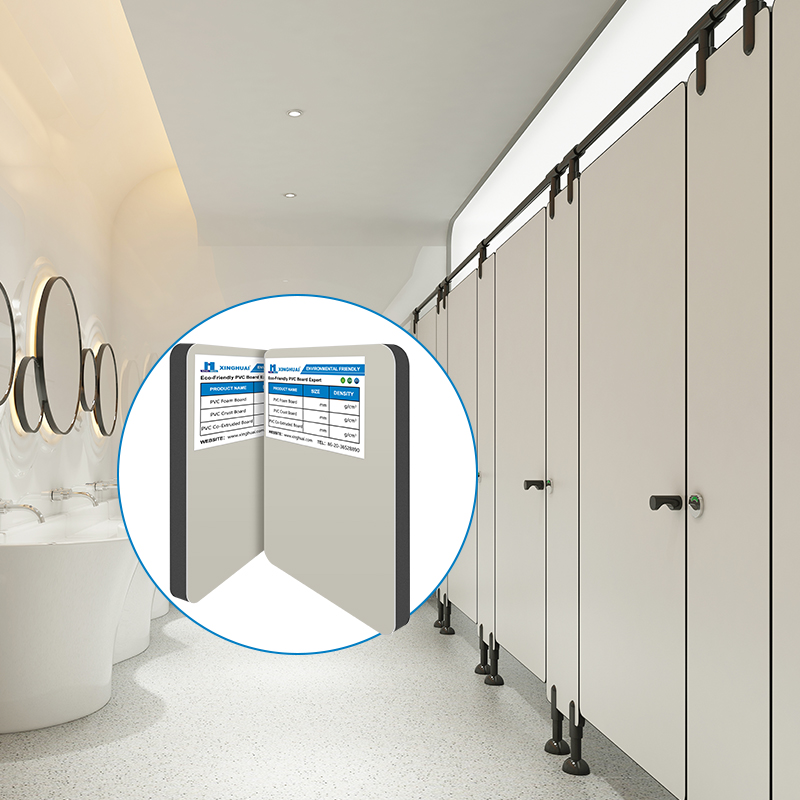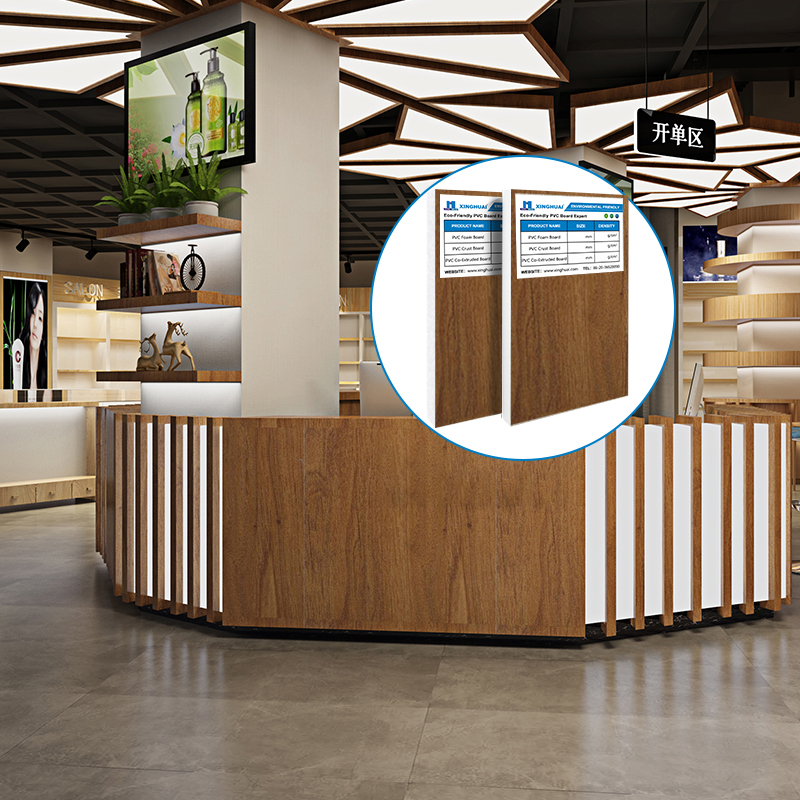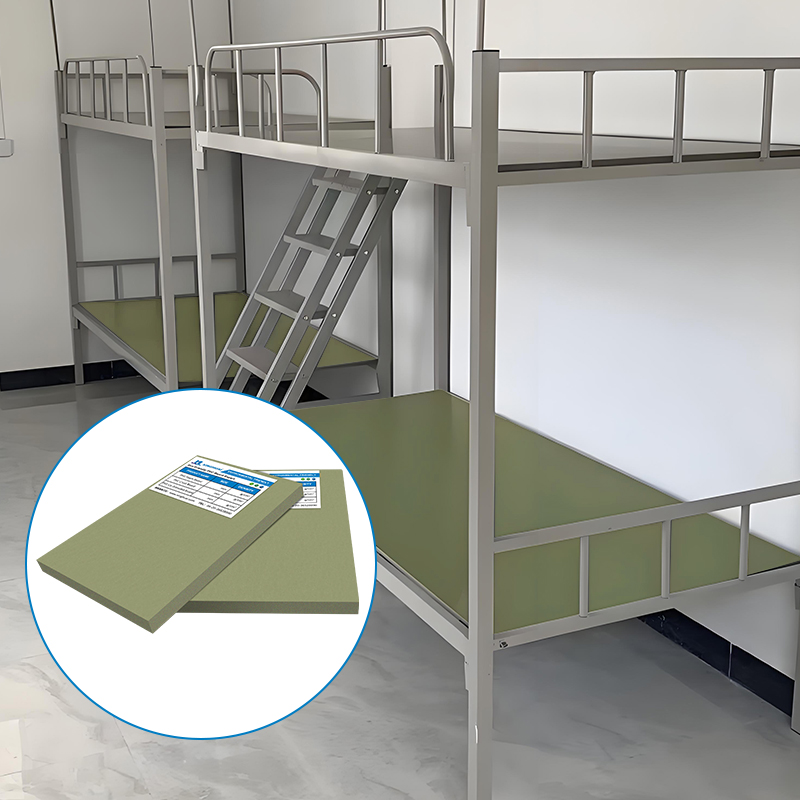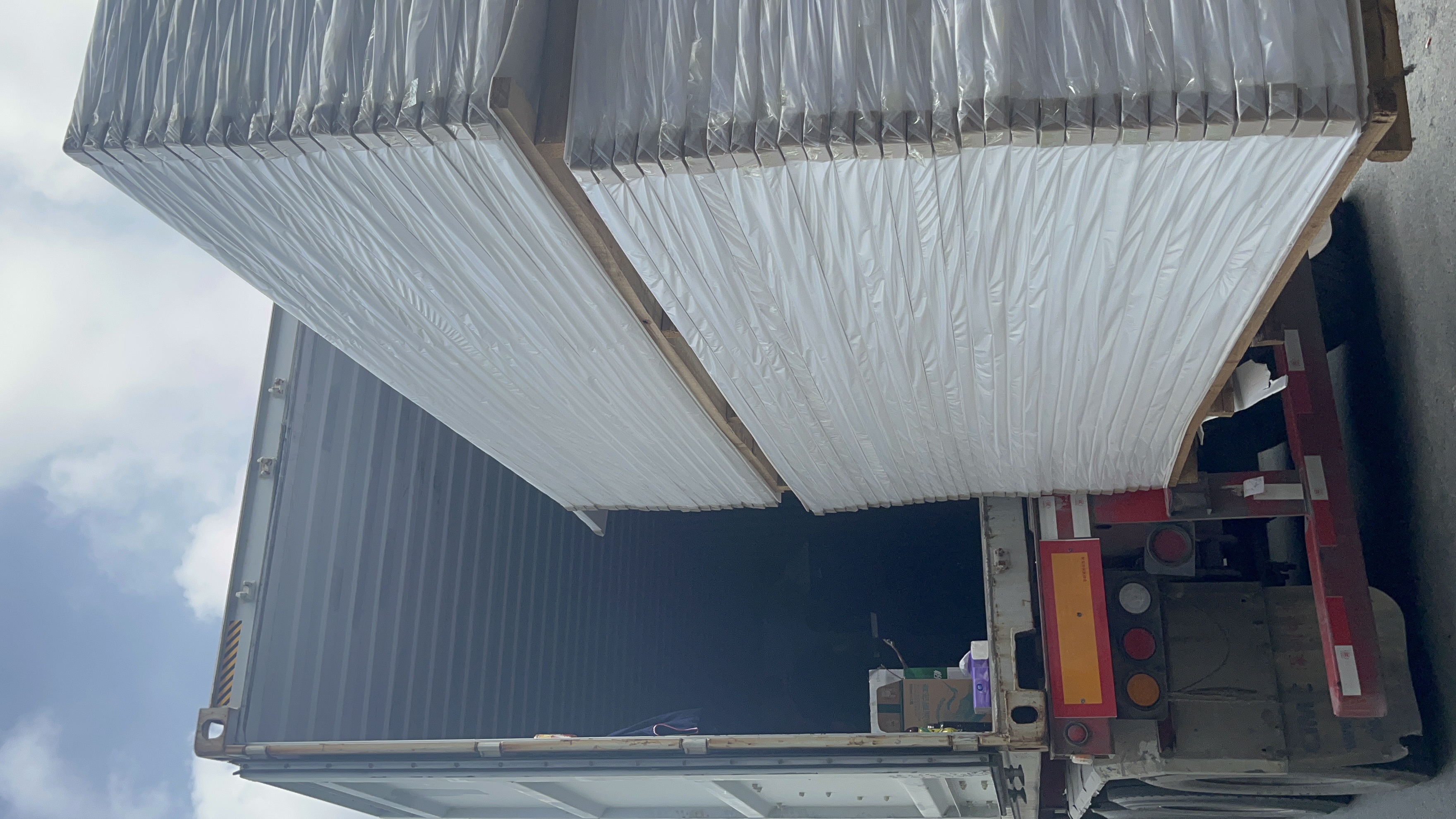The surface smoothness of PVC skinned boards (commonly known as PVC foam boards or PVC celuka boards) is a defining characteristic that determines their suitability for high-end applications such as white PVC sheets for wall decoration,pvc foam board production line interior design, furniture, automotive interiors, and commercial signage. Unlike traditional PVC boards, skinned variants feature a dense, glossy outer layer that masks the cellular core beneath, offering superior scratch resistance, chemical durability, and aesthetic appeal. Achieving this flawless finish requires precision across every stage of production, from raw material selection to post-processing techniques. This article delves into the scientific and engineering principles behind ensuring surface smoothness in PVC foam board production lines, with insights relevant to competitive markets like Malaysia, where PVC foam board price and quality are critical differentiators pvc foam board production line.
1. Raw Material Selection and Formulation Optimization
The foundation of surface smoothness lies in the chemical composition of the PVC compound. High-quality PVC skinned boards typically consist of:
PVC Resin (50–60%): The primary polymer, chosen for its thermal stability and compatibility with additives pvc foam board production line.
Calcium Carbonate Filler (10–30%): Reduces cost while improving stiffness and flame retardancy. Excessive filler, however, can cause surface roughness.
Foaming Agents (2–5%): Chemical agents like azodicarbonamide (AC) decompose during extrusion, releasing gas to create a cellular core. The rate of decomposition must align with extrusion speed to prevent surface pitting pvc foam board production line.
Impact Modifiers (5–10%): Acrylic or chlorinated polyethylene (CPE) enhances toughness without sacrificing smoothness pvc foam board production line.
Lubricants (1–3%): External lubricants (e.g., paraffin wax) reduce friction between the material and extruder walls, preventing surface streaking. Internal lubricants (e.g., stearic acid) improve melt flow consistency.
Heat Stabilizers (1–2%): Calcium-zinc or organotin compounds prevent thermal degradation during high-temperature processing pvc foam board production line.
Pigments and UV Inhibitors: For white PVC sheets for wall applications, titanium dioxide (TiO₂) provides opacity and brightness, while UV absorbers (e.g., benzophenones) prevent yellowing.
Formulation Balance: The ratio of these components must be optimized to ensure the material flows uniformly during extrusion. For example, excessive lubricants can cause “lubricant bloom” (a white haze on the surface), while insufficient foaming agents may result in a thin, uneven skin layer pvc foam board production line.
2. Advanced Extrusion Technology: The Heart of Smoothness
The PVC foam board production line relies on twin-screw extruders to melt, homogenize, and shape the compound. Key parameters include:
a. Temperature Control
The extruder is divided into multiple heating zones (typically 5–7 sections), each maintained at precise temperatures (160–200°C).
Feeding Zone (120–140°C): Prevents premature melting and blockages.
Compression Zone (160–180°C): Melts the PVC resin while mixing additives uniformly pvc foam board production line.
Metering Zone (180–200°C): Ensures consistent melt viscosity before entering the die.
Die Zone (190–210°C): Maintains optimal temperature to prevent skin layer defects.
Thermal Stability: Overheating can degrade PVC, causing surface discoloration or brittleness. Underheating leads to incomplete fusion, resulting in pinholes or rough textures.
b. Die Design and Material Flow
The die is the most critical component in determining surface quality. Two primary designs are used:
Flat-Film Die: Used for continuous sheet production, it features adjustable lips to control material flow. A narrow die gap (0.5–2mm) ensures uniform thickness, while a polished chrome surface reduces friction pvc foam board production line.
Co-Extrusion Die: Combines a base layer (cellular core) with a thin, high-density skin layer in a single pass. This method achieves superior smoothness but requires precise synchronization of material feeds.
Flow Simulation: Computational fluid dynamics (CFD) models optimize die geometry to eliminate dead zones where material could stagnate and cause surface defects.
c. Calendering vs. Casting: Two Paths to Smoothness
After extrusion, the molten sheet undergoes one of two processes to finalize its surface:
Calendering: The sheet passes through a series of heated rollers (typically 3–5 rolls) that compress the cellular core beneath a dense skin.
Advantages: High production speed (up to 5m/min), cost-effective for mass manufacturing.
Limitations: Slight surface texture (Ra 0.8–2.0 microns) due to roller marks.
Casting: The melt is poured onto a polished mold (e.g., glass or stainless steel) and cured under controlled conditions.
Advantages: Ultra-smooth finish (Ra <0.5 microns), ideal for PVC celuka decoration and high-gloss applications.
Limitations: Slower production (1–2m/min), higher tooling costs.
3. Closed-Cell Structure Formation: The Science Behind the Skin
The cellular core of PVC foam boards is created by chemical foaming agents that release gas (typically nitrogen or carbon dioxide) during extrusion. The key to surface smoothness is isolating these air pockets within the core, preventing them from breaching the skin layer. This is achieved through:
Nucleating Agents: Fine particles (e.g., talc) promote uniform cell formation, reducing large voids that could distort the surface.
Skin Layer Thickness: A thicker skin (0.3–0.8mm) acts as a barrier, but excessive thickness can increase weight and cost.
Cooling Rate: Rapid cooling (e.g., water baths or air knives) solidifies the skin before gas bubbles escape, locking in a smooth finish.
For 4x8 PVC boards (standard size: 1220×2440mm), consistent cell size distribution ensures dimensional stability (<0.5% moisture absorption) and resistance to warping—critical for wall panels in humid climates like Malaysia.
4. Post-Processing Techniques: Polishing to Perfection
Even with optimal production, minor surface imperfections (e.g., micro-scratches, roller marks) may occur. Post-processing steps include:
a. Mechanical Polishing
Sanding: Progressive sanding with grit sizes from 100 to 2000 removes rough edges and creates a matte or satin finish.
Buffing: High-speed polishing wheels with microfiber pads achieve a mirror-like gloss (Ra <0.1 microns).
b. Coating and Lamination
UV-Resistant Paints: Acrylic or polyurethane coatings enhance scratch resistance and color retention. Piano baking paints, cured at 80–120°C, are popular for outdoor signage.
Powder Coating: Electrostatically applied powder melts into a durable layer, ideal for industrial applications.
Lamination: PVC films, wood veneers, or metallic foils are bonded to the surface using hot-melt adhesives or pressure-sensitive tapes. This masks minor flaws while adding texture (e.g., wood grain for PVC celuka decoration).
c. Laser Engraving and Embossing
For decorative white PVC sheets for wall, laser engraving creates precise patterns without damaging the smooth surface. Embossing rollers add 3D textures (e.g., leather, stone) while maintaining overall flatness.
5. Quality Control: From Inspection to Certification
Strict quality checks ensure compliance with international standards (e.g., ASTM D570 for water absorption, ISO 4586 for surface gloss). Key metrics include:
Surface Roughness (Ra): Measured using laser profilometers or contact stylus instruments. Premium boards target Ra <0.5 microns.
Gloss Level: Measured at 60° or 85° angles using a gloss meter. High-gloss finishes exceed 80 GU (Gloss Units).
Color Consistency: Spectrophotometers detect ΔE (color difference) values <1.5 across batches.
Edge Inspection: Visual checks for cracks, pinholes, or unevenness, particularly in 4x8 PVC boards used for large-scale installations.
Market Relevance: PVC Foam Board Price in Malaysia
In competitive markets like Malaysia, PVC foam board price is influenced by surface quality. Premium boards with ultra-smooth finishes (Ra <0.5 microns) and high-gloss coatings command 20–30% higher prices than standard variants. These are preferred for luxury interiors, white PVC sheets for wall in hotels, and high-end retail displays. Conversely, budget-friendly options with Ra 1.5–2.0 microns are used for temporary signage, construction formwork, or low-traffic areas.
The PVC foam board production line’s efficiency—measured by output rate (tons/hour), energy consumption, and defect rejection rates—directly impacts cost-effectiveness. For example, a line producing 5 tons/hour with a 2% defect rate can offer lower prices than a 3-ton/hour line with 5% defects, even if the latter uses higher-grade materials.
Conclusion
The surface smoothness of PVC skinned boards is a result of meticulous material selection, advanced extrusion processes, and rigorous post-processing. By optimizing raw material formulations, die designs, cooling rates, and finishing techniques, manufacturers produce boards that meet the demands of PVC celuka decoration, white PVC sheets for wall, and other high-value applications. As P board price competition intensifies globally, innovation in surface finishing technologies—such as co-extrusion, laser polishing, and nano-coatings—will remain pivotal to sustaining market leadership. For consumers in Malaysia and beyond, the choice between cost and quality hinges on understanding these underlying engineering principles.





